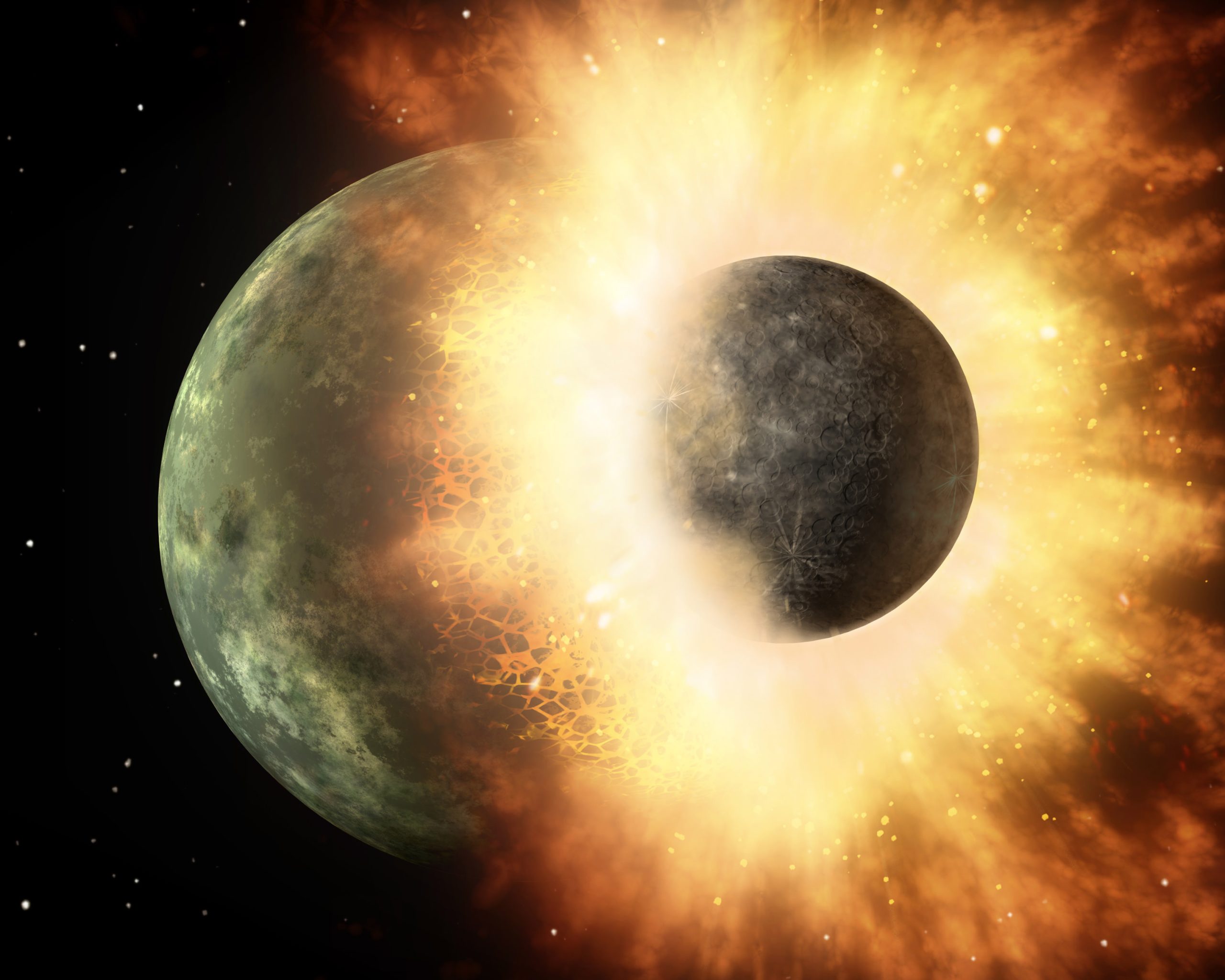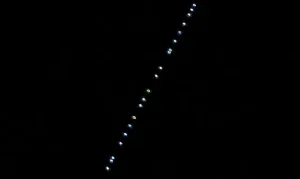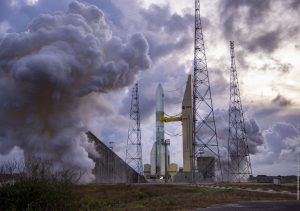The Age Of The Moon May Be Greater Than We Thought
24th Oct 2023
Crystals acquired by astronauts during the last Apollo mission to the Moon, in 1972, have shown that Earth’s sole natural satellite is much older than it is generally believed to be. These lunar rocks may have even answered age-old questions about how the Moon was formed. The age of the Moon also tells us a lot about how life developed on Earth.
How Did the Moon Come Into Being?
According to the great-impact hypothesis, the Earth experienced a collision with another planet about the size of Mars in its early years, a planet some refer to as Theia. The debris that formed as a result of the collision is believed to have fused together and formed into the Moon.
Ultimately, the analysis of the ancient lunar rocks retrieved from the Moon’s surface supports the giant impact hypothesis and has helped pinpoint when exactly the collision happened. If Theia collided with Earth, the energy produced from the massive impact would have melted the rock and debris that eventually formed the Moon’s surface.
Zircon Crystals: Uncovering the Age of the Moon
Scientists analyzed fragments of the mineral known as “zircon” found in the Moon samples. It was concluded that these zircon crystals formed when the Moon’s molten surface solidified after the impact that led to its formation. According to the scientists involved in this study, the zircon crystals were the first solids to crystallize after the formation of the Moon. Consequently, they could reveal distinct signs of the Moon’s age.
‘When the surface was molten like that, zircon crystals couldn’t form and survive,’ stated Professor Philipp Heck, a senior author and director at Chicago’s Field Museum of Natural History. “So any crystals on the Moon’s surface must have formed after this lunar magma ocean cooled. Otherwise, they would have been melted, and their chemical signatures would be erased.” Heck added.
To determine the age of the Moon rock sample, researchers examined and mapped the individual atoms in a sample fragment. Initially, the team, led by lead co-author Jennika Greer, a research associate at the University of Glasgow, UK, “sharpened” it through a focused beam of electrons. Then, they used a laser to evaporate atoms from the sharpened sample’s tip and assessed the speed of those atoms.
Following that, the team of scientists used radiometric dating to determine the sample’s age, which dates back to 4.46 billion years, i.e., 40 million years older than past estimates. This was done by the team measuring the amount of lead and uranium atoms present in the sample and using prior knowledge of the decay rates of atoms.
“Without the Moon, life on Earth would look different,” stated Heck. “It’s a part of our natural system that we want to better understand, and our study provides a tiny puzzle piece in that whole picture.”







Thank you for your comment! It will be visible on the site after moderation.